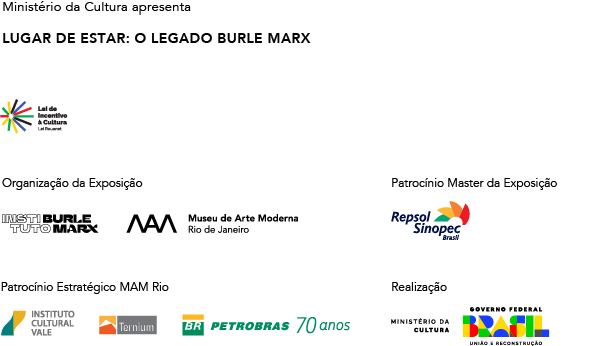Copacabana Boardwalk
Rio de Janeiro (RJ), 1970 – 1971
Burle Marx office
Landscape architect: Roberto Burle Marx
Associated Architects: Haruyoshi Ono and José Waldemar Tabacow
Reform | 1989 – 1991
Burle Marx office
Landscape architect: Roberto Burle Marx
Associated Architect: Haruyoshi Ono
Collaborating landscape architects: Vera Lúcia Gavinho de Paula Freitas and Leonardo de Almeida
Municipal listing
The Copacabana Beach Boardwalk, on Atlantic Avenue, is one of the symbols of the city of Rio de Janeiro. The wave design made with Portuguese stones was inspired by the paving of Rossio Square, in Lisbon, and implemented during Mayor Paulo de Frontin’s term, in 1919. In the 1970s, it was proposed to double the width of the avenue by means of a land fill, as part of the city’s development. In addition to improving circulation, the construction promoted the growth of the city’s southern area. With the increase in population, the Copacabana neighbourhood and consequently its waterfront became increasingly populated by groups of different social classes, and turning into a striking landscape for a diversity of relationships established within the public space: from the leisure of those who enjoy the seashore to the informal trade of those who cross the city to work on the beach.
Burle Marx, with the collaboration of Haruyoshi Ono and José Tabacow, created for the central flowerbed and the sidewalk near the buildings a large black, white and red Portuguese stone mosaic with trees. In addition, they created a new geometric layout for the waves of the boardwalk, with the disposition of the pattern longitudinally to the sea and the avenue. The project also included benches along the sidewalk and areas shaded by trees and palm trees. Listed by the city, the construction, four and a half kilometres long, creates a unique landscape, clearly visible from the nearby buildings, and which also accompanies the pedestrians’s walk.
